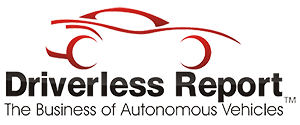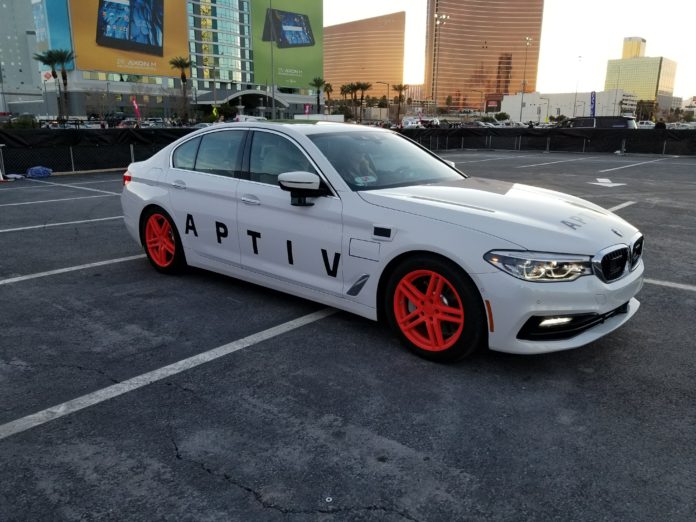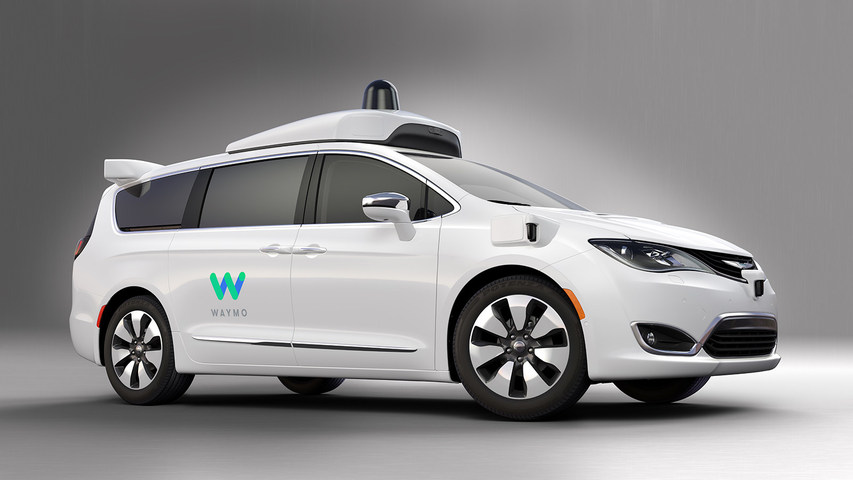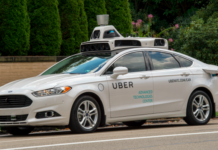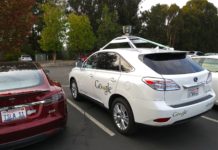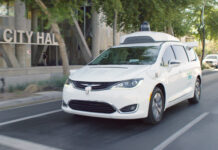LAS VEGAS–A panel of executives at last week’s Consumer Telematics Show here said that in order for autonomous vehicles to be successfully integrated on roadways nationwide, legislative hurdles, public acceptance and insurance issues need to be addressed.
The fear that states will have their individual autonomous vehicle rules concerned at least one panelist. “[Because] 30 states are piecing together legislation has triggered a strong reaction. It’s the Balkanization of rules,” said Brad Stertz, Audi of America director of government affairs.
Stertz said that his company had to stop at the border of California to recertify an autonomous vehicle during testing. “[The National Highway Transportation Safety Administration] didn’t want to have 50 states with 50 different rules,” he said.
In addition, the media plays a big role in whether or not people will accept autonomous vehicles, Stertz said. “People don’t know what to think because they see science fiction stories and headlines. We had one journalist write, ‘we have seen the future and it’s boring.’ It’s not a scary future—and at the same time—not all cars are self-driven,” he said.
Cars are becoming more software-compliant, which means somebody has to update new capabilities and adjust to changes in the environment, said Danny Shapiro, NVIDIA senior director of automotive. “Carmakers don’t want so many versions of software,” he said.
In terms of who is adopting autonomous vehicles first, most panel members believe the answer is mobility-as-a-service and fleet rollouts. As part of that question, do consumers want autonomous vehicles?
“I enjoy driving. The question is, do I want to drive, or can I ride in a fully autonomous vehicles that serves as an office, workplace, hotel, theatre, game room?” Shapiro said.
A panel member representing a racecar manufacturer said it is building trust through competitive racing that tests connected and autonomous technologies. “The car tests both human and machine interaction, not just autonomous [capabilities]. It tests how you can make the driver better, said Bryn Balcombe, Roborace chief strategy officer. “These cars operate in extreme conditions. It’s about speed—not just traffic jam assistance—when you get into hundreds of miles an hour,” he said. “There is not much time to react. So it is easy to take the cars out on the streets.”
Insurance will Change as Autonomous Vehicles are Fielded…
One of the topics discussed was the role insurance companies have to play in the adoption of autonomous vehicles (lower rates based on assistance systems and encouraging consumers to become early adopters). “The business of saving lives, trial lawyers and controlling business rates are big business. This will shift across business models,” Stertz said.
Shapiro believes that insurance, and autonomous cars, will go to some sort of flat subscriber fee. “People are not going to get personal insurance. Car companies like Audi will be responsible for that vehicle,” he said.
There is no doubt that insurance is going to cost more as autonomous vehicles are rollout, said Dan Mender, Green Hills Software vice president, business development. “From where we are today, how will we gain the consumer’s trust to make sure they have a clear understanding of what are the new proof of concepts, sensors and legislative guidance. There’s a big gap,” he said.


